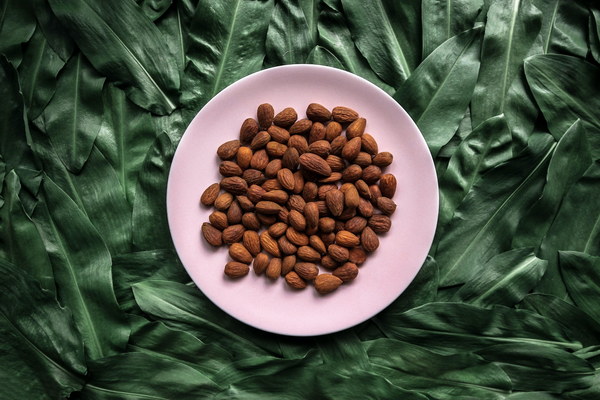Where to Apply Foot Patches for Effective Dampness Removal A Comprehensive Guide
Where to Apply Foot Patches for Effective Dampness Removal: A Comprehensive Guide
In the realm of traditional Chinese medicine, the feet are considered a vital point for balancing the body's energy and removing toxins. One of the most popular methods for achieving this is through the use of foot patches. These patches are believed to absorb dampness and toxins from the body, promoting overall health and well-being. If you're considering using foot patches to combat dampness, it's essential to know where to apply them for the best results. Here's a comprehensive guide to help you understand the process.
Understanding the Concept of Dampness in Chinese Medicine
In traditional Chinese medicine (TCM), dampness is a concept that refers to the accumulation of moisture in the body, which can lead to various health issues. It's believed that dampness can be caused by factors such as overeating, exposure to damp weather, or a weakened spleen. Symptoms of dampness include fatigue, weight gain, bloating, and joint pain.
The Role of Foot Patches in Treating Dampness
Foot patches are designed to be placed on the feet at night, where they work to absorb dampness and toxins. The patches contain natural ingredients, such as bamboo vinegar, tourmaline, and herbs, which are thought to have properties that can draw out moisture from the body.
Where to Apply Foot Patches
The most common area for applying foot patches is directly onto the soles of the feet. Here's a step-by-step guide on how to do it:
1. Clean the Feet: Before applying the patch, ensure that your feet are clean and dry. This will help the patch adhere properly.

2. Position the Patch: The patch should be placed on the sole of the foot, covering as much of the area as possible. The center of the patch should be aligned with the center of the foot.
3. Cover with Socks: After the patch is applied, cover your feet with a pair of socks to keep the patch in place and to enhance the absorption process.
4. Leave Overnight: The patch should be worn overnight, typically for 8-12 hours. This allows sufficient time for the ingredients to work on absorbing dampness.
5. Remove the Patch: In the morning, remove the patch and discard it. You may notice that the patch has changed color, indicating that it has absorbed dampness and toxins.
Alternative Application Areas
While the soles of the feet are the most common area for applying foot patches, there are other spots where you can place them for targeted treatment:
- Knees: Placing a patch on the knees can help alleviate joint pain associated with dampness.
- Stomach: Applying a patch to the stomach can aid in digestion and reduce bloating.
- Chest: Some people choose to place a patch on the chest to help with respiratory issues related to dampness.
Important Considerations
- Skin Sensitivity: If you have sensitive skin, you may want to perform a patch test on a small area of skin before using it all over.
- Medical Conditions: If you have any medical conditions or are pregnant, consult with a healthcare professional before using foot patches.
- Quality of Patches: Ensure that you purchase high-quality foot patches from a reputable source to guarantee the effectiveness of the ingredients.
Conclusion
Foot patches can be a simple and effective way to address dampness in the body according to traditional Chinese medicine principles. By applying the patches correctly and understanding the benefits, you can help promote better health and well-being. Always remember to use foot patches as part of a holistic approach to health and consult with a healthcare provider if you have any concerns or underlying health issues.









